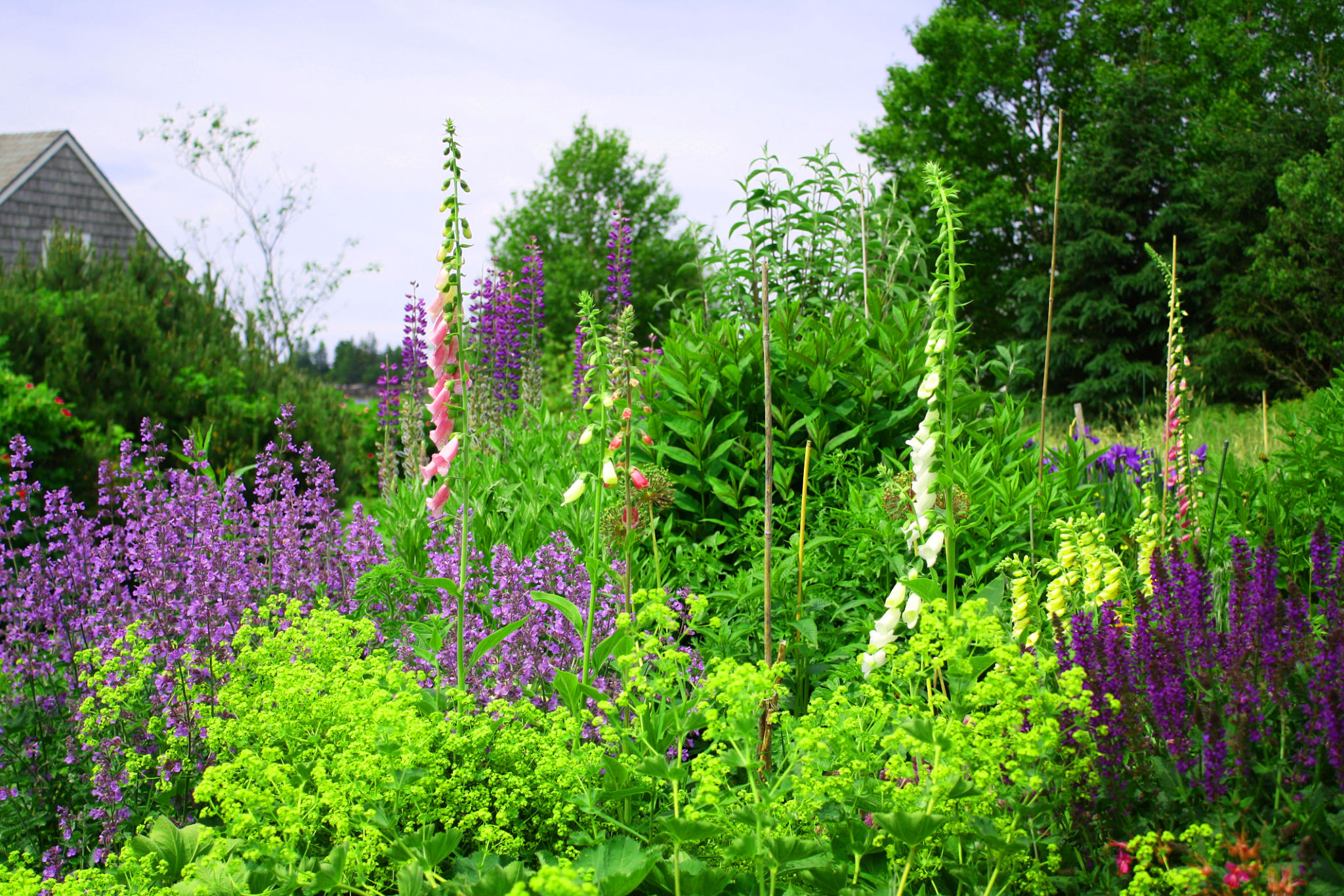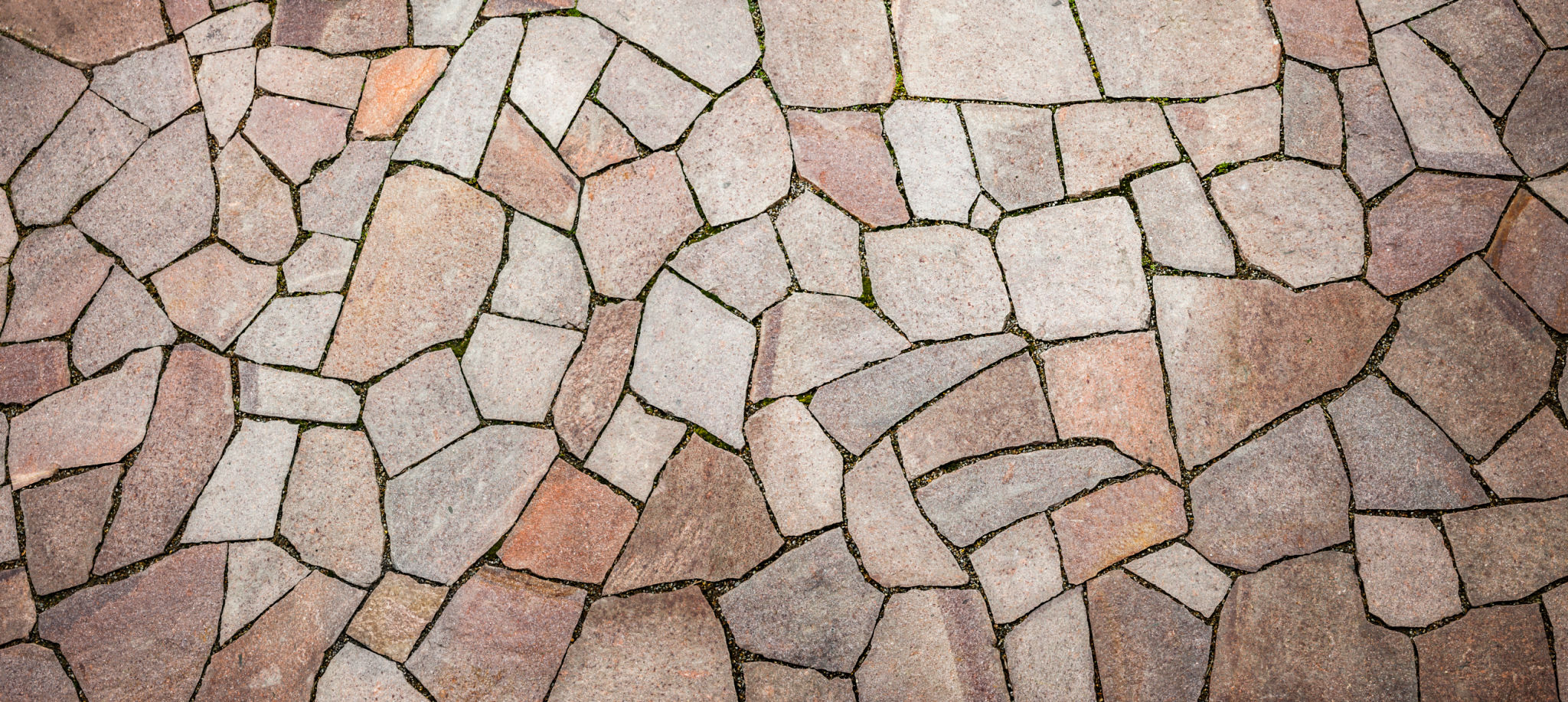Creating a Low Maintenance Landscape: Expert Tips and Tricks
FP
Understanding Low Maintenance Landscaping
Creating a low maintenance landscape is an ideal solution for homeowners looking to enjoy a beautiful yard without dedicating extensive time and effort to upkeep. This approach focuses on sustainable practices and efficient design to reduce the need for constant care.
To start, it's crucial to understand the core principles of low maintenance landscaping. The primary goal is to minimize the need for watering, mowing, and fertilizing, allowing you to spend more time enjoying your outdoor space rather than maintaining it.
Choosing the Right Plants
Selecting the right plants is a cornerstone of low maintenance landscaping. Opt for native plants that are well-adapted to your region's climate and soil conditions. These plants typically require less water and are more resistant to local pests and diseases.
Consider incorporating perennial plants that will return year after year, eliminating the need for replanting. Additionally, using ground covers can reduce the need for mowing while providing a lush green appearance.

Implementing Efficient Irrigation Systems
An efficient irrigation system can significantly reduce the time you spend watering your landscape. Drip irrigation systems, for example, deliver water directly to the plant roots, minimizing evaporation and ensuring that your plants receive the moisture they need.
Setting your irrigation system on a timer can further streamline the process, ensuring your plants are watered consistently without manual intervention. Consider installing a rain sensor to automatically adjust watering schedules based on recent rainfall.
Reducing Lawn Areas
Lawns require extensive maintenance, including regular mowing, fertilizing, and watering. Reducing the size of your lawn can drastically cut down on these requirements. Replace lawn areas with drought-resistant grasses or hardscaping features like gravel paths or stone patios.

For those who prefer some lawn space, consider low-maintenance grass varieties. These types grow more slowly, reducing the frequency of mowing required.
Incorporating Hardscaping Elements
Hardscaping refers to the use of non-plant elements in landscaping design, such as pathways, walls, and patios. These elements not only add visual interest but also reduce the amount of plant care required.
When planning your hardscape, choose materials that complement your home’s architecture and existing landscape. Installing a patio or deck can also provide additional living space for outdoor activities while minimizing grassy areas.

Mulching for Weed Control
Mulch is an excellent tool for controlling weeds while conserving soil moisture. Apply a layer of organic mulch around your plants to suppress weed growth, maintain consistent soil temperature, and enhance the visual appeal of your garden.
Organic mulches like wood chips or bark decompose over time, adding nutrients back into the soil. This not only supports plant health but also reduces the need for additional fertilization.
Conclusion
By incorporating these expert tips and tricks, you can create a low maintenance landscape that maximizes beauty while minimizing effort. From choosing native plants to implementing efficient irrigation systems and reducing lawn areas, each step you take will contribute to a sustainable and relaxing outdoor environment.
Remember, the key to success lies in thoughtful planning and selecting elements that align with your lifestyle and regional conditions. Enjoy a yard that thrives with minimal intervention, allowing you to savor the tranquility of nature without the constant demands of traditional landscaping.